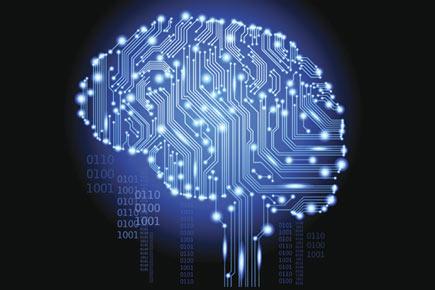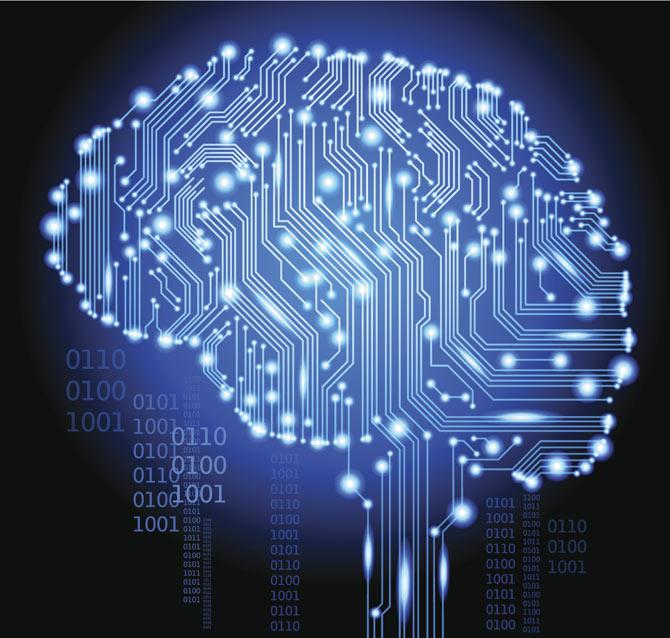Using optical fibres made of speciality glass, the researchers from the University of Southampton in Britain have shown that computers that function like the human brain could soon become a reality

London: Using optical fibres made of speciality glass, the researchers from the University of Southampton in Britain have shown that computers that function like the human brain could soon become a reality.
The findings have the potential to allow faster and smarter optical computers capable of learning and evolving.
ADVERTISEMENT
Since the dawn of the computer age, scientists have sought ways to mimic the behaviour of the human brain, replacing neurons and our nervous system with electronic switches and memory.

Representational picture
"Now instead of electrons, light and optical fibres also show promise in achieving a brain-like computer. The cognitive functionality of central neurons underlies the adaptable nature and information processing capability of our brains," explained study co-author professor Dan Hewak from the Optoelectronics Research Centre (ORC) at University of Southampton.
The team including scientists from Singapore-based Nanyang Technological University (NTU) demonstrated how neural networks and synapses in the brain can be reproduced with optical pulses as information carriers.
They used special fibres made from glasses that are sensitive to light, known as chalcogenides.
Using conventional fibre drawing techniques, microfibres can be produced from chalcogenide (glasses based on sulphur) that possess a variety of broadband photoinduced effects, which allow the fibres to be switched on and off.
"This optical switching or light switching light, can be exploited for a variety of next generation computing applications capable of processing vast amounts of data in a much more energy-efficient manner," Hewak informed.
"By going back to biological systems such as chalcogenide fibres, we can start to improve the speed and efficiency of conventional computing architectures, while introducing adaptability and learning into the next generation of devices," added another study co-author Dr Behrad Gholipour.
The research paves the way for scalable brain-like computing systems that enable "photonic neurons" with ultrafast signal transmission speeds, higher bandwidth and lower power consumption than their biological and electronic counterparts.
The research was published in the journal Advanced Optical Materials.
 Subscribe today by clicking the link and stay updated with the latest news!" Click here!
Subscribe today by clicking the link and stay updated with the latest news!" Click here!







